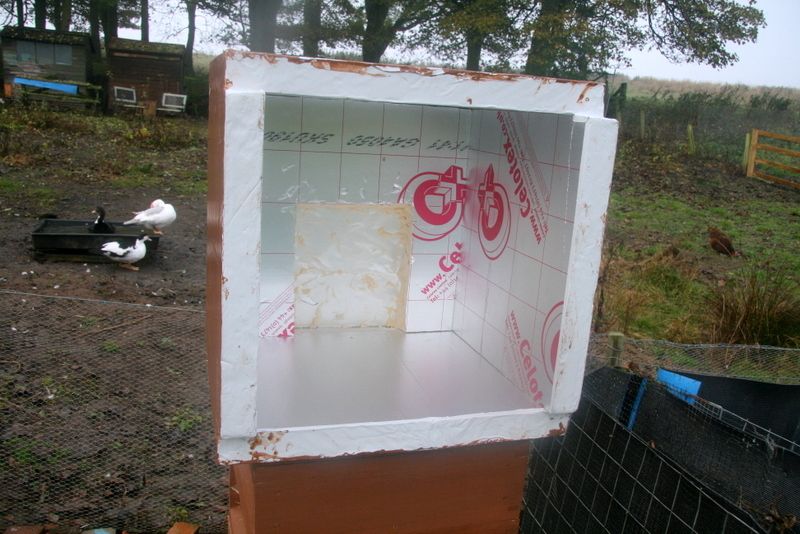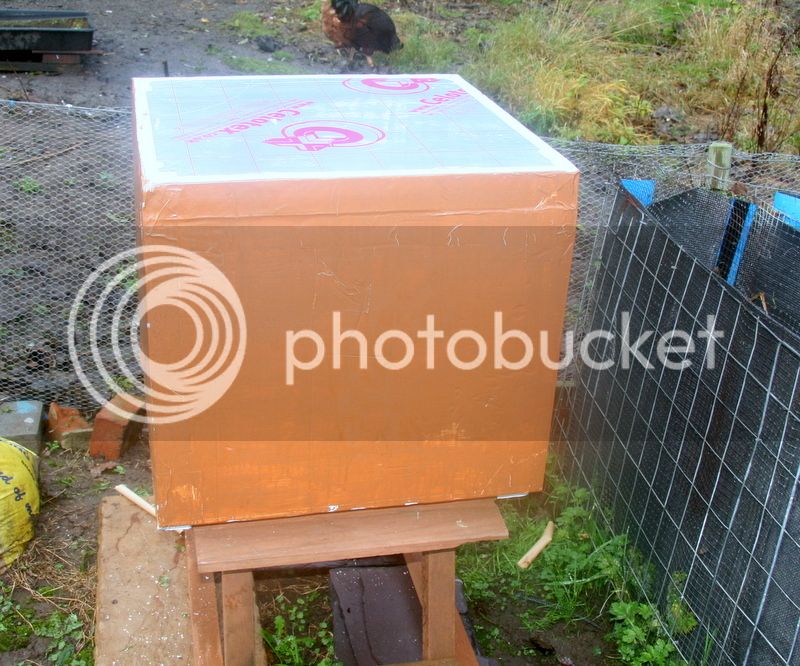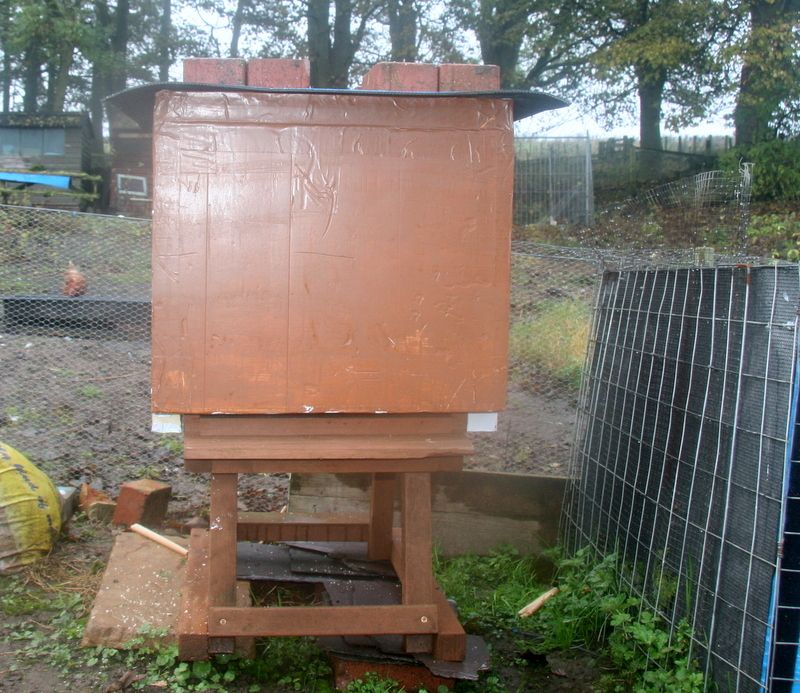- Joined
- Jul 23, 2009
- Messages
- 36,777
- Reaction score
- 17,412
- Location
- Ceredigion
- Hive Type
- 14x12
- Number of Hives
- 6
I thought of that......then what do you do if you have 4 supers on? I made a couple of "super deep" sleeves then thought that if there are gaps where they join ......?Leave them on all year round, keeps heat in during the colder months and can stop the hive overheating if there's ever any hot weather. Helps them to ripen honey more easily too.
So abandoned the idea. Mine are deep enough to take two super then they have to come off.























































